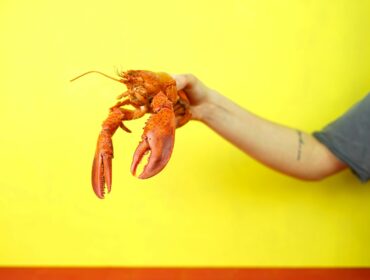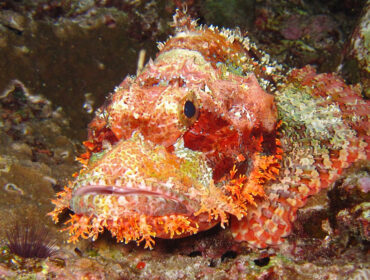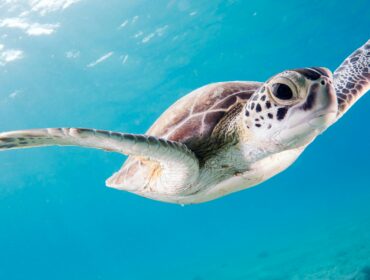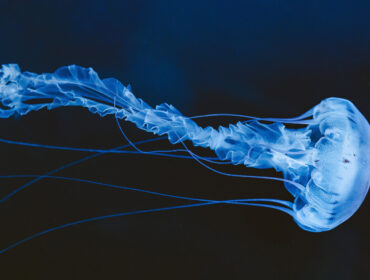A hydrothermal vent is a crack in the surface of the earth which spews water that is geothermal, or heated by the internal heat of earth’s core. These vents are usually located near places that have active volcanoes, where tectonic plates are separating, or at other hotspots and ocean basins. Hydrothermal vents exist as a result of the earth’s active geology coupled with vast amounts of water on the surface and inside its crust. In deeper seas, the areas around these vents create the perfect habitat for specific marine creatures, who have adapted to thrive in this unique environment.
At these locations in the sea, hydrothermal vents form features known as black smokers. The makeup of the region encourages communities of marine creatures that are driven by chemicals dissolved in the vent. Bacteria create the basis of the food chain for the diversity of marine creatures of hydrothermal vents. While life closer to the surface is propelled by the sun’s energy, organisms of the deep sea do not have that luxury, so instead they derive nutrients from the chemical deposits. Let’s take a look at just five marine creatures of hydrothermal vents.
Tube Worms
Riftia pachyptila, commonly known as tube worms, can reach up to two meters long and are a significant part of the vent system. They are identified by their stunning red plume. They do not have eyes, a mouth, or digestive system, but are comparable to parasite worms through the way they take in nutrients that are produced by the bacteria in their bodies.
Green Sulfur Bacteria
A kind of phototrophic bacterium exists in a black smoker near the coast of Mexico. The bacteria, which are part of the Chlorobiaceae family, utilize the pale glow from the black smoker for its photosynthesis.
Eelpout
The hydrothermal vent eelpouts, Thermarces cerberus, are fish from the deep sea that have a specialized system to exist within the vent communities. It targets vent crustaceans such as crabs and amphipods.
Vulcanoctopus
The hydrothermal vent octopus, Vulcanoctopus hydrothermalis, resides near black smokers and attacks the small crustaceans that live in the area.
Vent Limpets
Hydrothermal vent limpets, both Lepetodrilus and Eulepetopsis, live on the shell of the vent mussel that creates a necessary environment for these limpets, whose primary feeding function is grazing.




